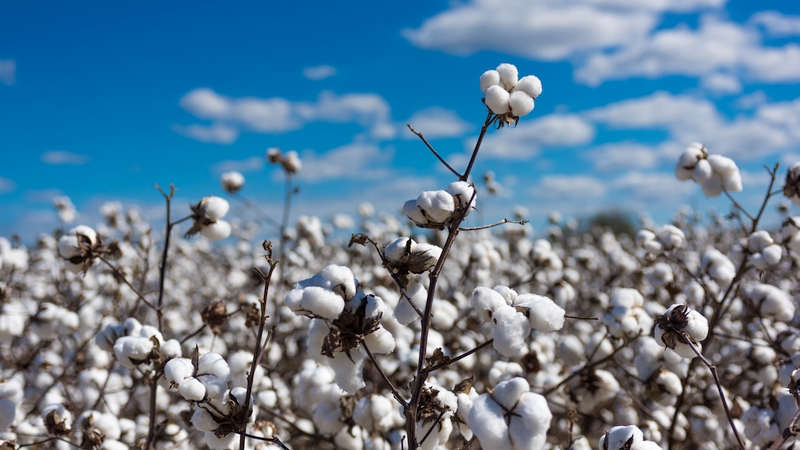USDA: Corn and Soybean Crops May Deflate Price Boom
via Reuters
U.S. farmers this year will reap their largest soybean crop ever and their second-largest corn crop, mammoth harvests that will deflate an ethanol-fueled price boom, the government said on Wednesday.
Along with wheat, corn and soybeans are the foundation of the U.S. food supply. They are mixed into livestock rations, milled and crushed to become food and beverage ingredients, and employed as lubricants and feedstocks for motor fuels.
In its first estimate of the fall harvest, the Agriculture Department estimated the soybean crop would be a record 3.199 billion bushels, up 8 percent from 2008, and corn would total 12.761 billion bushels, up 5 percent from 2008 and the second-largest on record.
Bumper crops and lower prices may constrain food prices, forecast to rise by 3 percent this year and 3.5 percent in 2010. That would be modest compared with a 5.5 percent increase – largest since 1990 – in 2008, when grain and oil prices set record highs.
“These crops can be considered firm,” said private consultant John Schnittker, aside from the risk of an early freeze that would end the growing season.
Joe Victor, an analyst for Allendale Inc, said dry August weather “is not a good situation for soybeans” and could result in tighter soybean supplies next summer. The U.S. stockpile is forecast to dip to a barely adequate 110 million bushels before this year’s harvest begins in a few weeks.
This year’s soybean crop will sell for an average $9.40 a bushel at the farm gate and corn for an average $3.50 a bushel, USDA said. Both would be lowest in three years.
Market prices for corn are below the USDA forecast. USDA said many farmers sold corn in advance of a sharp downturn in cash and futures prices in early June.
At the Chicago Board of Trade, corn for delivery in December sold at midday Wednesday for $3.33 a bushel, up 2 cents. November soybeans were $10.40 a bushel, up 1-1/2 cents.
Farm-gate prices for grain and soybeans have doubled this decade, propelled by a boom in ethanol production. One-third of this year’s corn crop will be used to make fuel ethanol, compared with 11 percent of the 2004 crop.
A 2007 law guarantees ethanol a share of the motor fuel market – 10.5 billion gallons this year and 12 billion gallons in 2010.
A cool, rainy spring delayed planting, so crops are maturing later than normal in the eastern Corn Belt. A special USDA survey of seven states showed the rains did not force farmers to plant soybeans instead of corn.
“The big news is we’ve had great growing conditions,” Joe Glauber, USDA chief economist, said on USDA’s radio newsline.
Corn fields will yield an average 159.5 bushels an acre this year, the second-highest yield ever, USDA said, despite a downturn in the central Corn Belt due to cool, rainy weather.
The August crop report is often regarded as the most significant USDA report of the year, reflecting the U.S. position as the world’s largest grower and exporter of corn and soybeans. It is the first forecast of the fall harvest and is based on field surveys and interviews of 28,000 growers.
USDA also forecast:
- the smallest rice crop in India in five years, due to below normal monsoons. The forecast crop of 84 million tonnes would be down by 15 percent from last year.
- an upturn in U.S. sugar production that will result in larger supplies. Analysts say imports of 900,000 short tones will be needed by the end of spring 2010.
- U.S. wheat output of 2.184 billion bushels, up 72 million bushels from a July estimate.
- a cotton crop of 13.2 million bales weighing 480 lbs each, up 3 percent from last year. Drought forced growers in Texas, the number 1 cotton state, to abandon one-quarter of their plantings.








